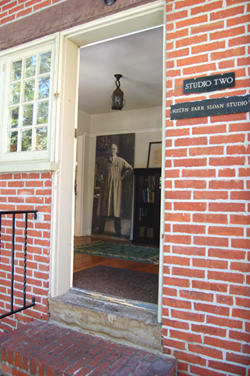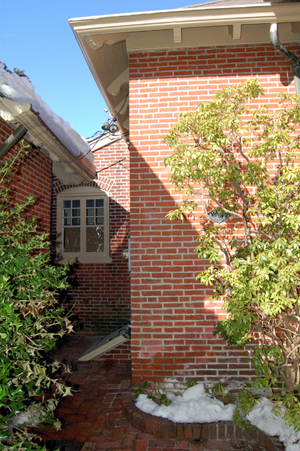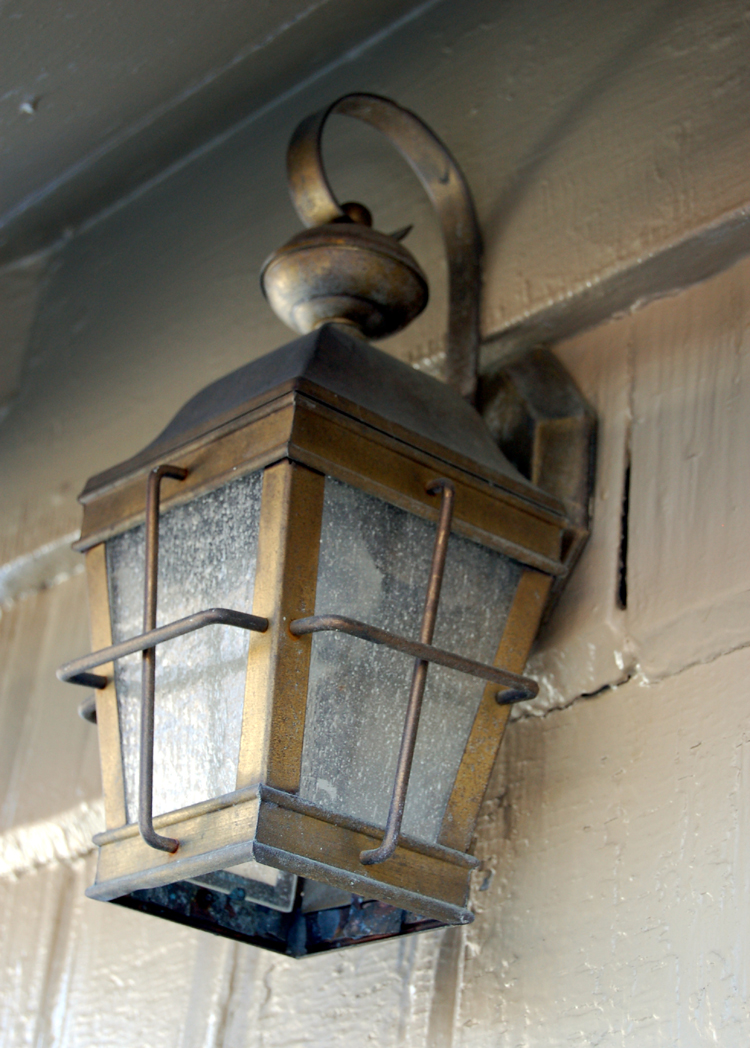
|
Howard Pyle's Franklin Street Studio & The Studio Group |
|
||||||||||||
|
Howard Pyle Studio
For twenty-seven years (1883-1911),
Howard Pyle, the father of the Brandywine tradition of art painted, wrote, and taught
in the studio that he had built at
By 1900 Pyle built two adjoining studios for students joining the Howard Pyle School of Art. There was no tuition; students paid for rent and art materials which their teacher sold at cost. The first year twelve out of 500 applications were accepted.
After Pyle's death in 1911, the three studios on
In 1950, upon Arthurs' death, the studios were
purchased by
Ellen Wheelwright for the benefit and use of the
Studio Group, a group of women painters of which she was
a member.
In 1964, The Studio Group bought the properties from
Ellen Wheelwright's estate.
Studio One is named in honor of one of the
founders, Eugenia
Rhoads.
Since 1978 the properties have been listed on the
National Registry of Historic Places.
The studios are open to the public during
exhibits and for tours by appointment.
|
|
|||||||||||
| Howard Pyle Studio 2010 rights reserved. Website built by MKellyDesigns. | ||||||||||||



